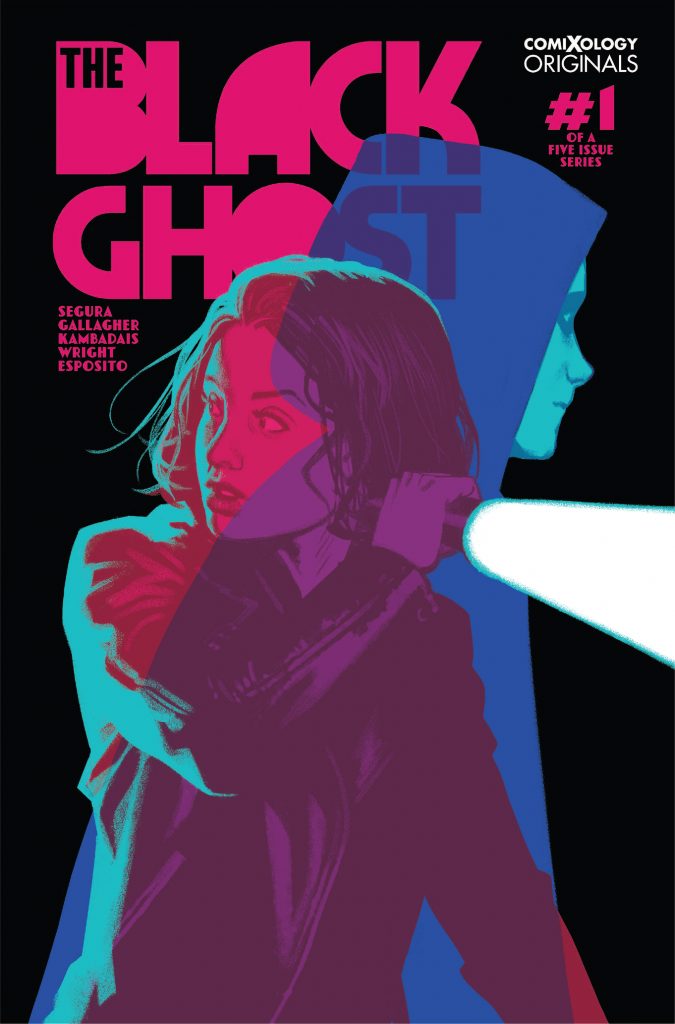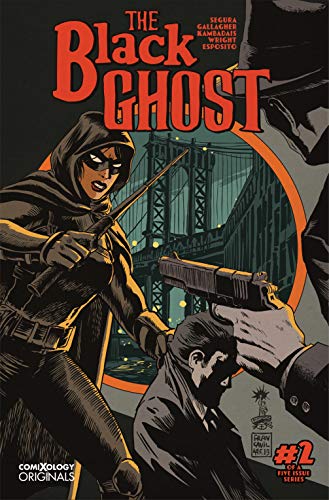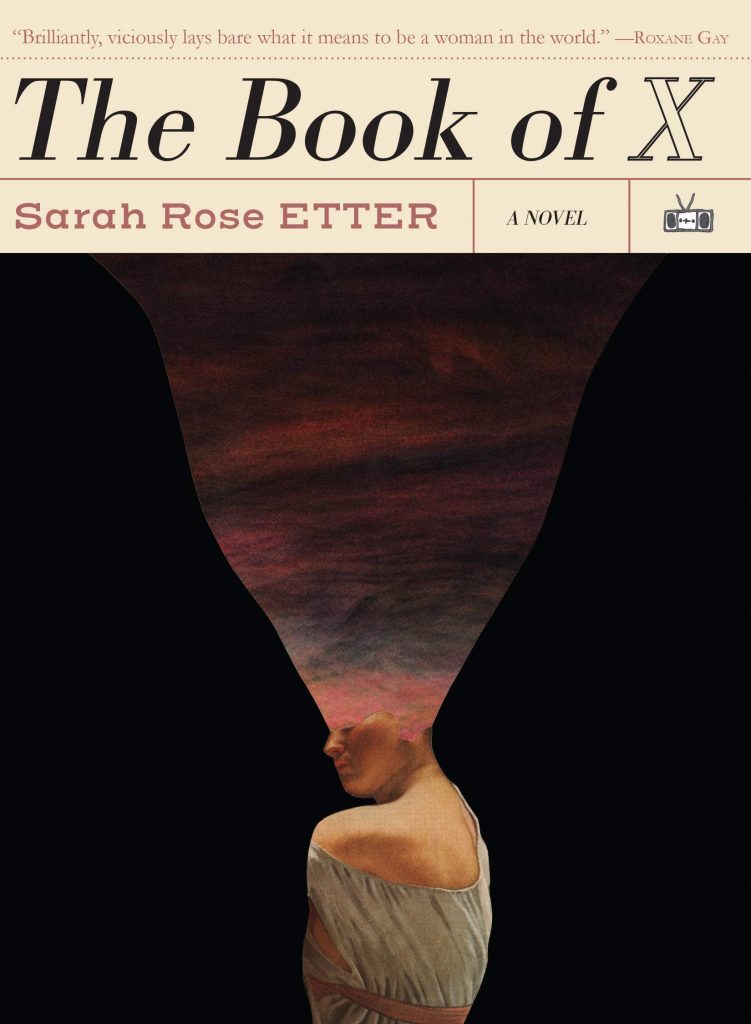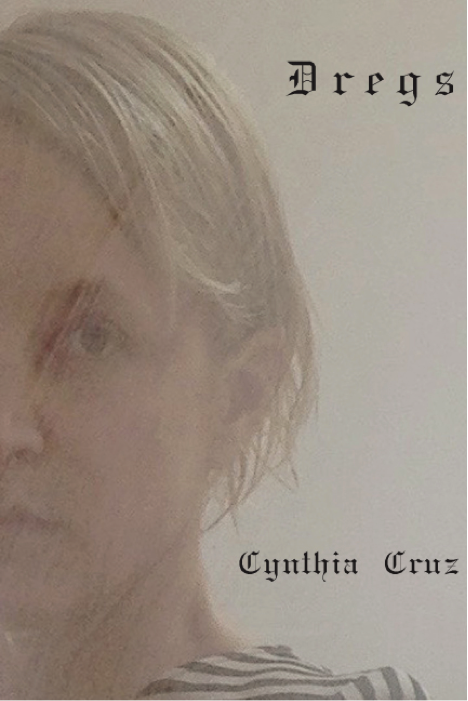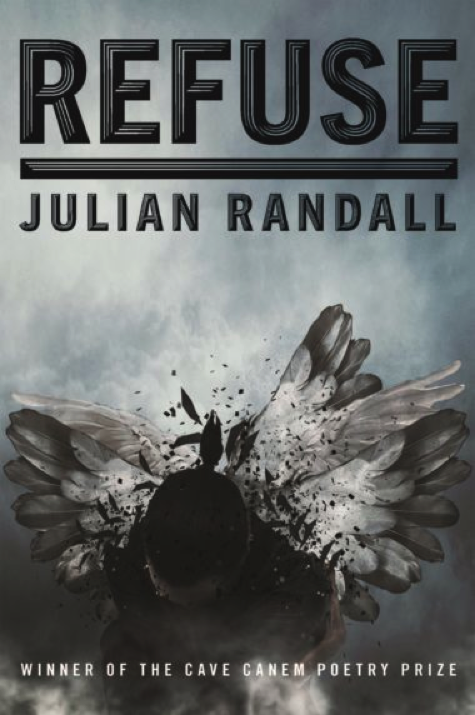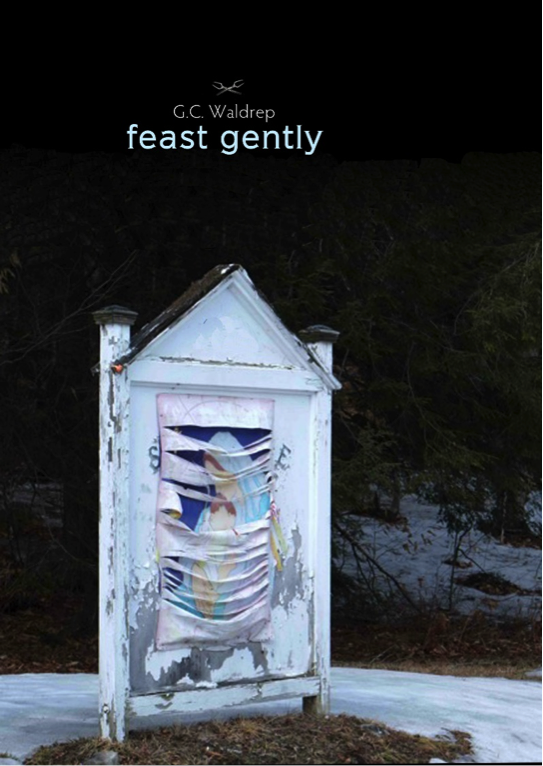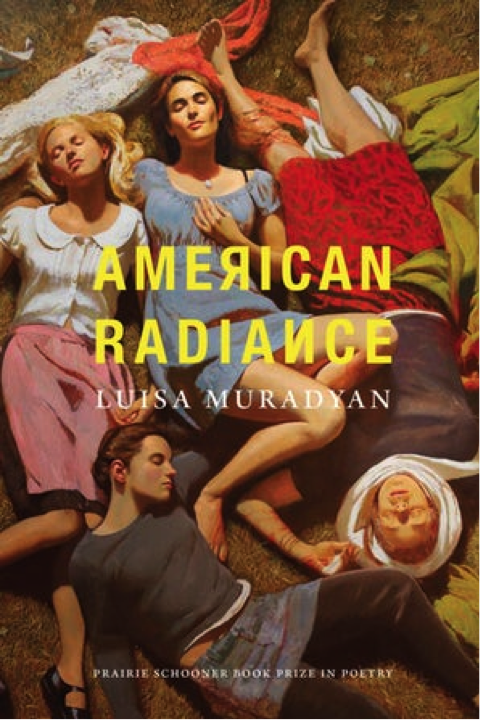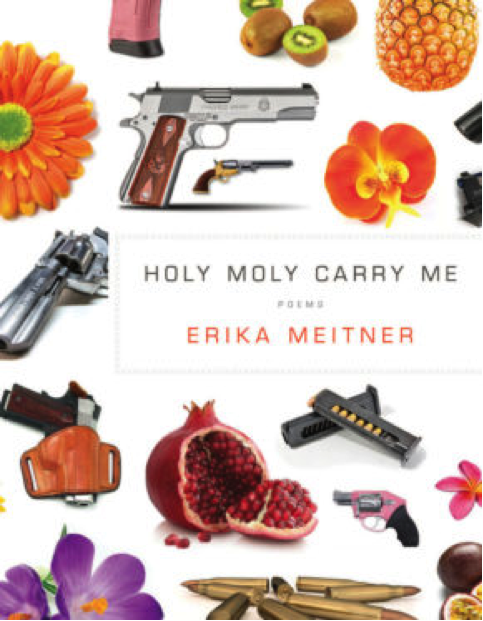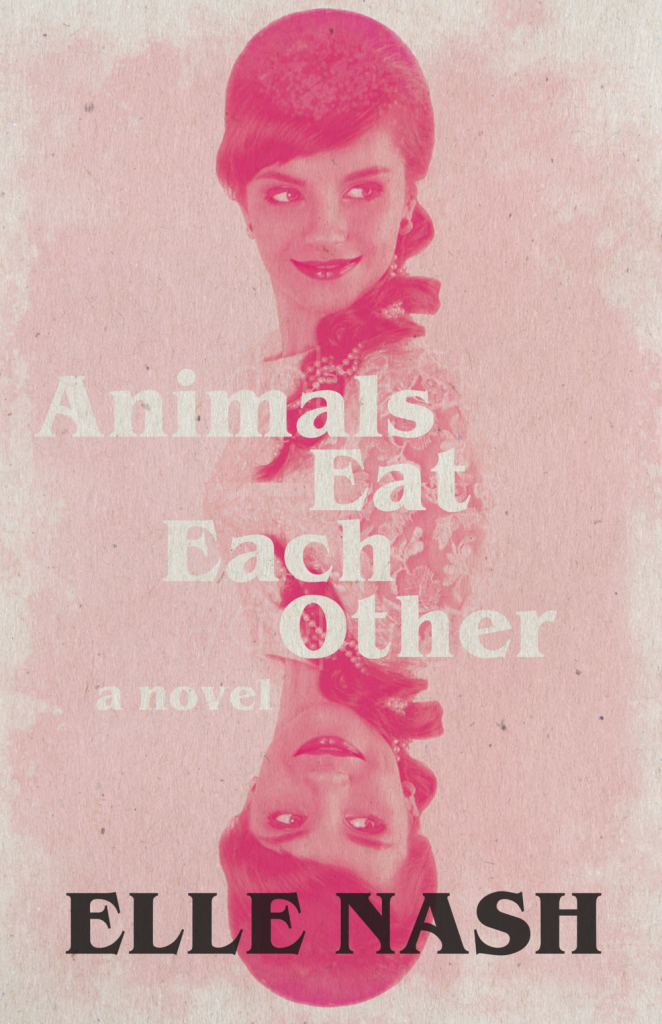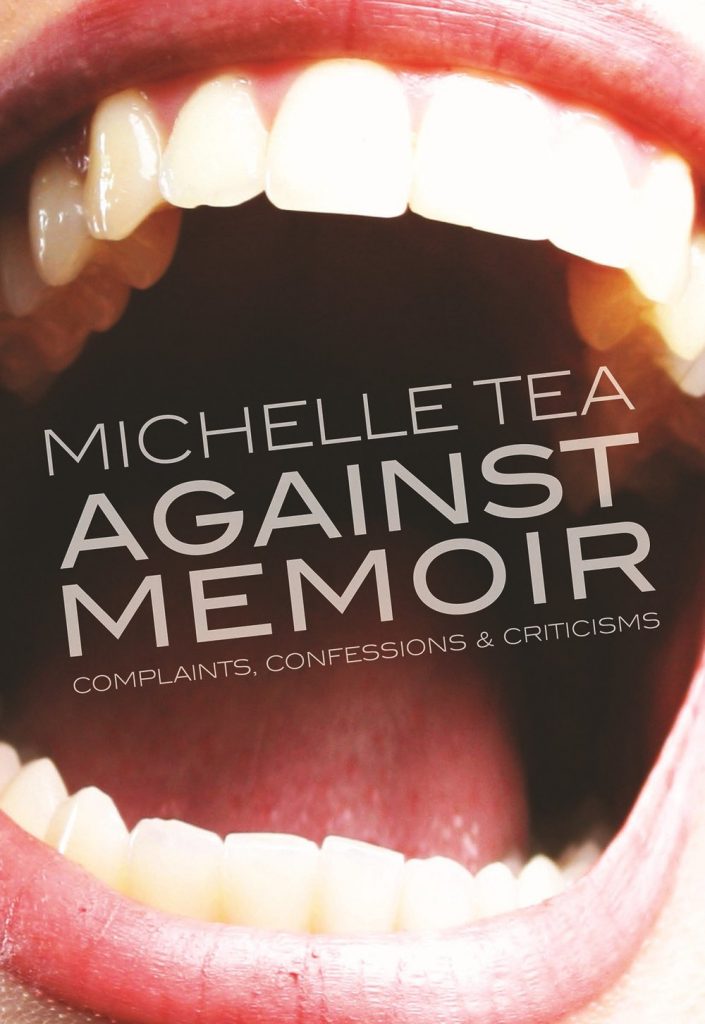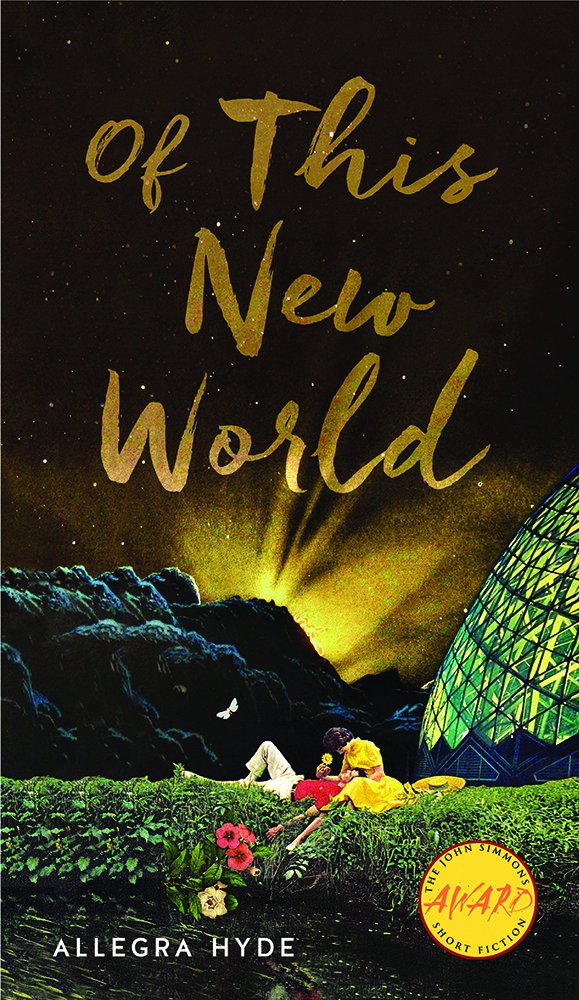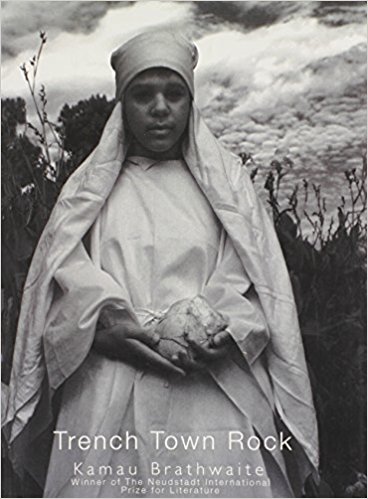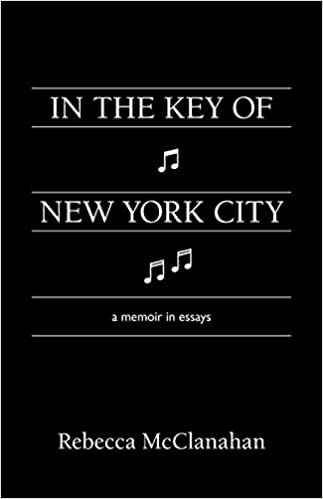
Red Hen Press, 2020
—
REVIEW BY CATE HODOROWICZ
I’ve never lived in New York City, though I’ve always loved it from afar. Visits to friends in Brooklyn, a few work jaunts into Manhattan, a research trip one summer to the UN. The subway and sidewalks were always crowded, the department stores a wreck of frenzied humanity, and the streets in August reeked of garbage, sewage, sweat, relentless sunshine, and the peculiar humidity that rises from concrete. My young daughters once saw rats the size of large housecats running along the subway tracks, and in that same afternoon, they tasted Korean food for the first time, ran through rain puddles at Rockefeller Center, and asked the whys and hows of people who slept on park benches.
New York is a place of both/and if ever there was one. I’ve heard stories this March and April that suggest the same: emergency rooms overflow; not enough masks, gloves, or gowns for hospital workers; not enough respirators; not enough anything at the grocery store; friends and lovers and coworkers and strangers dying alone, alone, alone. Streets and shops closed down, people closed up in apartments. Yet at 7 pm, windows open and all the quarantined bang pots and pans to thank the front-line workers. When hospitals discharge a COVID patient, or when someone makes it off the respirator alive, music fills the hallways: Journey, The Beatles, Jay-Z, and Alicia Keys.
New York is the heart of the publishing industry, and this season—the rest of this year, really—is a terrible time to release a book: bookstores have closed except for online orders; authors can’t travel to promote their titles; it’s been said we’re heading into the worst economic downturn since the Great Depression. And some might say it’s an awful moment to publish a book about New York since this latest crisis will leave awful scars, and the New York in a book about bygone days will be unrecognizable, a place of the past. The book, those same critics might say, won’t do anything to help us come to terms with the New York of now.
I humbly disagree.
Rebecca McClanahan’s In the Key of New York City: A Memoir in Essays from Red Hen Press, offers a timeless portrait of New York’s contradictions, which is to say, it provides a salve to the upheaval of now and acts as a reminder of the city’s constancy throughout tribulations. The book hinges on what seems a familiar premise: a writer fulfills a dream when she moves to Manhattan in the late 1990s. But this story is different: the writer and her husband arrive in the city not as starry-eyed young adults, but as a middle-aged couple. They plan to stay for just two years, but they remain for eleven, only moving away when family needs require the change.
One might think McClanahan’s experience of New York is idyllic, or perhaps a deep love affair, given how long she stays. But it’s quite the opposite. McClanahan, “a long-married woman who spends her mornings with the Oxford English Dictionary, looking up words like squirrel,” chronicles the specific loneliness of living among millions on a tiny island. It’s not loneliness she enjoys: neighbors keep to themselves even as their most private sounds permeate the walls of McClanahan’s sublet; she and her husband struggle to find employment and friendship; and as a writer, her work keeps her mostly at home.
Perhaps because the glamor of youth has slipped from McClanahan, her narrator is reliable, reflective, and curious. As a result, this is a book without guile, conspicuous consumption, or name dropping. In the Key of New York City sings a song of loneliness that is also the song of middle age, a time when many of us realize that embracing seclusion, rather than fighting its pain, frees us to live more fully. McClanahan doesn’t come to this easily, however: “so be it—is [a phrase] I’ve never actually spoken aloud, but I’m trying to practice thinking it, in hopes of entering a state of acceptance about the daily and nightly occurrences that are out of my control. Which is to say, nearly everything.”
It takes years of struggle to combat her discomfort. In an effort to ease that grief, McClanahan notices the lives of those around her—she strikes up conversions with homeless people who live in the parks; she meditates on the lives of hospital workers and the working class. She revels in her next-door neighbor’s daily opera practice. Notices the sheen of pigeon feathers. Saves a squirrel in the days leading up to 9/11. McClanahan is quite aware of what she’s doing: “Even as my reasonable mind is having its say . . . my other self is leaving on its own journey.” Tenderness isn’t a word one usually associates with New York, but it’s because of this that McClanahan’s empathy resonates, even as the speaker is better with tenderness for others than tenderness for herself. In some ways, McClanahan’s speaker is like the city itself – engaged in a push-and-pull between a tough exterior and a soft inner core.
New York’s literary bones would appreciate this book’s structure, which mirrors McClanahan’s existence: larger, contemplative essays intersperse with brief, interstitial studies of people, moments, and objects, just as her long stretches alone are punctuated by walks in the park or rides on the subway. The first half of the book pulls the reader into a portrait of the city, but then come two deeply personal and painful essays—one about marriage, one about cancer—that wracked me more deeply than the two pieces about 9/11 and its wake. I wasn’t there when the towers fell; like most of the country, I watched from afar, stupefied and confused. I have, however, been deep into marriage trouble and a shattering health diagnosis and the honesty of those two essays brought me to tears this morning as I re-read them.
Personal reactions aside, the true physical and metaphorical center of the book, “Tears, Silence, Song,” unlocks the book’s preoccupation with music as a salve for pain. Yes, the kind of music that belongs to opera and Broadway, as well as McClanahan’s back story as a serious student of choral music, but also the music of words, which McClanahan plays to great effect throughout the book. In one of my favorites, “Sublet,” the cadence and sounds of prose become poetry:
“Enjoy for the moment, then let it go—the fiery carp, the brilliant day, the black-eyed children with the dimpled hands, the coins on the ginkgo trees swirling down, down. Our lives are sublets anyway, and too quickly gone at that. And what better place to live out our leases. Curb your dog, your dogma, love your neighbor, your neighbor’s dog. We’re at the peak of our lives. O Sole Wio [sic]. Catch and release.”
But McClanahan learns her most important lesson about music from a choral director in her childhood. When she sings a lament too sweetly, he tells her, “’The important thing to remember . . . is that it is doloroso. Rachel is mourning. She is in pain. Don’t make it pretty.’”
This approach might be just the tonic New York needs. McClanahan’s essays make very little about any kind of hardship pretty. Instead, they give us the truth: the loneliness of sorrow is a shared condition. She asks,
“If we all voiced our deepest selves to one another, what would become of us? I imagine first a vibration, then a distant hum that approaches slowly, indistinctly, as each of our voices finds its pitch, its timbre, culminating in one unearthly, communal roar—all the world’s love, hate, terror, joy, and fear gather in momentum until our ancestors, sensing the vibration, rise from their graves and join in.”
Far be it from me to announce anything definitive about a place like New York that defies categories. But there is this: no matter where we live, we are all, in our own ways, students of loneliness and suffering. But we are also students of beauty and imagination. In the Key of New York City tells us that both songs, sung at the same time, define what it is to be human. To drag our hearts through yet another crisis. New York is just a foil, really. We’re all this lonely and alone. It’s just that we notice it more when we’re in a crowded place with no friends or family. Even so, McClanahan suggests, we can live well among strangers, in our imaginations, in the tiny sublets of our lives.
At the end of the years in her real sublet, McClanahan refuses to say Goodbye to all that. Now that New Yorkers are sequestered in their homes, terrified of the virus that has spread across its vast surfaces, there is an important strength in this book’s refusal to join the literary trend of abandoning New York, that dear glittering, lonely, cheek-by-jowl city. For if those who love it abandon it, who will be left to chronicle its glories and terrors?
In the Key of New York City was originally slated for May 1 publication; as I write this in early May, the world is full of uncertainty. No one is sure when or how we’ll be able to approach normalcy. Red Hen Press, the book’s publisher, delayed-release until September. By September, that month we remember as one of destruction, I hope fortune changes: that the city’s hospitals are less full and some life has returned to its avenues. I hope we all continue to beat those pots and pans until, as McClanahan says, the “ancestors … rise from their graves and join in.”
—

CATE HODOROWICZ’S essays and reviews have appeared in The Georgia Review, Fourth Genre, River Teeth, The Gettysburg Review, The Rumpus, Hippocampus, and elsewhere. Her work has earned a Pushcart Prize and notable mentions in Best American Essays.
![[PANK]](https://pankmagazine.com/wp-content/themes/pank/assets/images/pank-logo-large.png)

